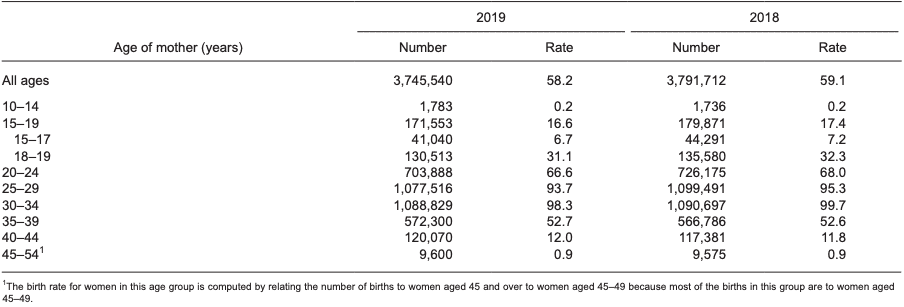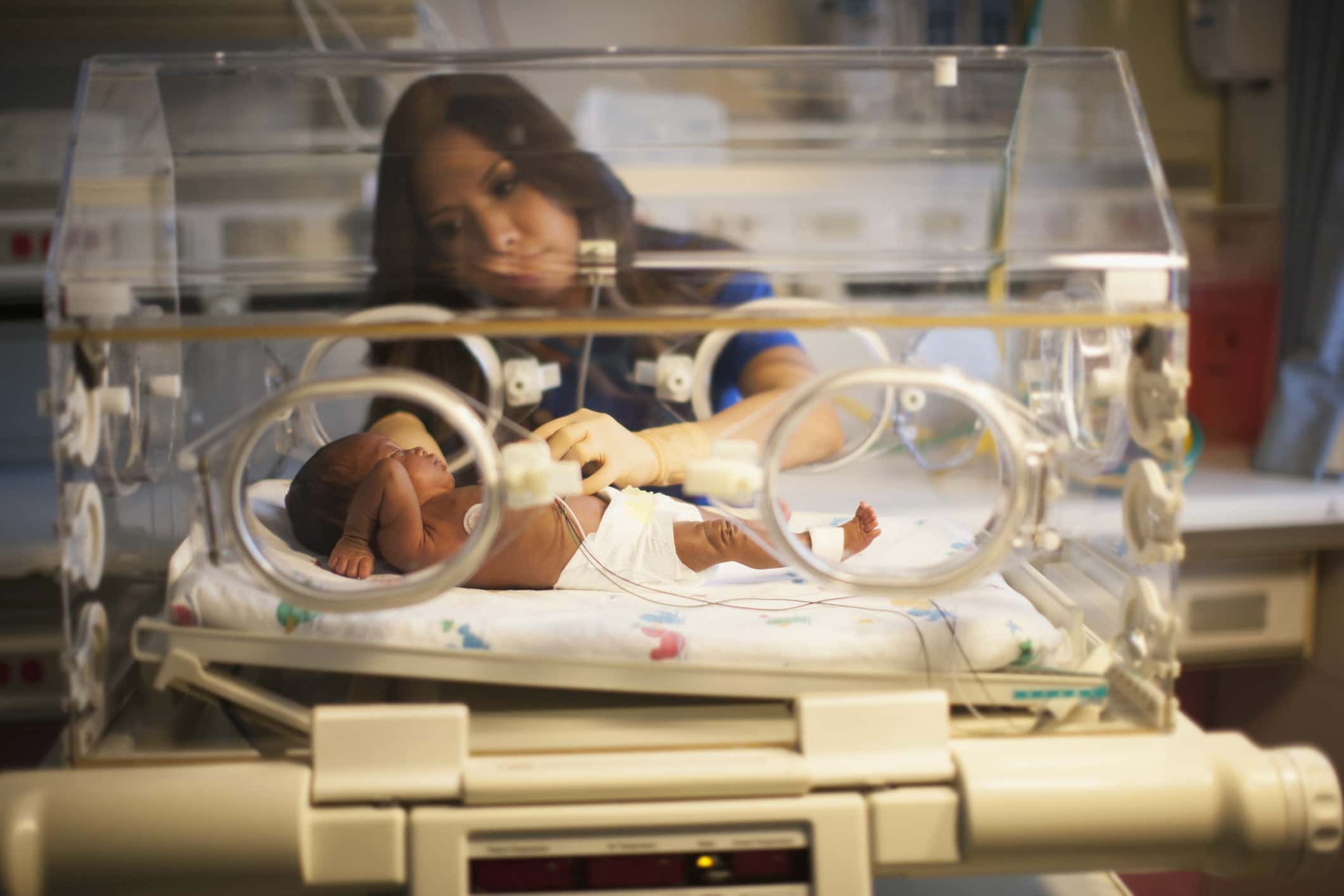US birth rate hits 35-year low and coronavirus pandemic may lead to further decline, say experts

There has been a steady decline in births in the US, and 2019 recorded the lowest number of births in 35 years, since 1985. This is according to provisional data released by the US Centers for Disease Control and Prevention (CDC). Some experts believe the coronavirus pandemic and its impact on the economy could lead to a further decline in the numbers in 2020.
“The provisional number of births for the US in 2019 was 3,745,540, down 1% from the number in 2018 (3,791,712). This is the fifth year that the number of births has declined after the increase in 2014, down an average of 1% per year, and the lowest number of births since 1985,” says the report. The data are currently based on 99.96% of 2019 births. The provisional general fertility rate (GFR) for the US in 2019 was 58.2 births per 1,000 females aged 15-44, down 2% from the rate in 2018, which is another record low for the nation. From 2014 to 2019, the general fertility rate declined by an average of 2% per year.

According to the analysis, the provisional total fertility rate (TFR) for the US in 2019 was 1,705.0 births per 1,000 women. This is down 1% from the rate in 2018 (1,729.5), yet another record low for the nation. The TFR estimates the number of births that a hypothetical group of 1,000 women would have over their lifetimes, based on the age-specific birth rate in a given year. “The TFR in 2019 was again below replacement — the level at which a given generation can exactly replace itself (2,100 births per 1,000 women). The rate has generally been below replacement since 1971 and consistently below replacement since 2007,” say experts.
Among other numbers, provisional birth rates declined for women aged 15-34 from 2018 to 2019, were essentially unchanged for women aged 35-39, and rose for women aged 40-44. In 2019, the overall cesarean delivery rate decreased to 31.7% (from 31.9% in 2018), and the rate has generally declined since 2009 (32.9%). There was also an increase in the preterm birth rate for the fifth year in a row — from 10.02% in 2018 to 10.23% in 2019. This is an increase of 2% and the highest level reported in more than a decade. “The percentage of infants born preterm (births at less than 37 completed weeks of gestation) fell 8% from 2007 (the most recent year for which national data are available based on the obstetric estimate of gestation) to 2014, but has risen 7% from 2014 (9.57%) to 2019,” says the analysis.
According to experts, the rise in the overall preterm rate from 2018 to 2019 was primarily due to the increase in late preterm births (34-36 completed weeks of gestation), from 7.28% to 7.46%. The percentage of infants born early preterm (less than 34 weeks) went up slightly, from 2.75% to 2.77%. Some experts say that due to the coronavirus pandemic and the resulting impact on the economy, it is likely that births will further drop this year. Experts say since a lot remains unknown as to how the new coronavirus can affect pregnant women and their future children, some may decide not to conceive amid the ongoing pandemic. In addition, many people who need medical help to get pregnant have had to delay their fertility treatments due to the Covid-19 crisis.

“The idea that there will be a lot of 'coronababies' is widely perceived as a myth. The decline due to Covid-19 might be different given the extent and severity of the crisis, and the long-lasting uncertainty that is caused by it,” Hans-Peter Kohler, a University of Pennsylvania fertility researcher, told The Associated Press (AP). According to Dr Denise Jamieson, chair of obstetrics and gynecology at Emory University, “this unpredictable environment, and anxiety about the future, is going to make women think twice about having children.”
The CDC report’s lead author Brady Hamilton told AP that it is not clear what will happen to births this year. Another expert, Dr John Santelli, a Columbia University professor of population and family health, however, said births may go up, at least among some groups. “Access to birth control and abortion has become more difficult, and some homebound couples may find themselves with greater opportunity to conceive,” he said.